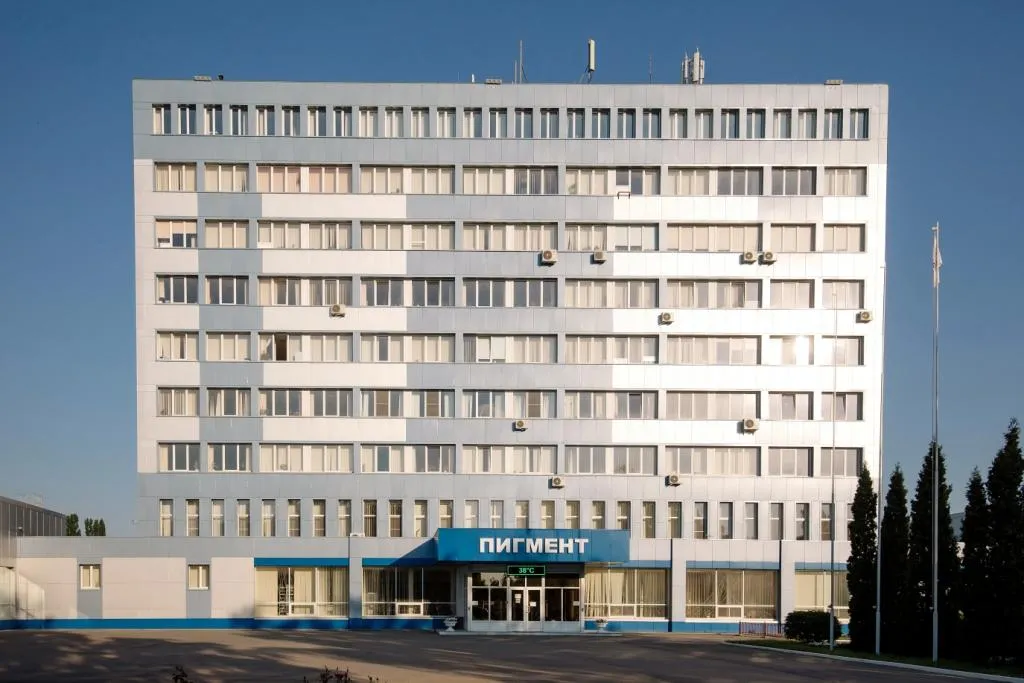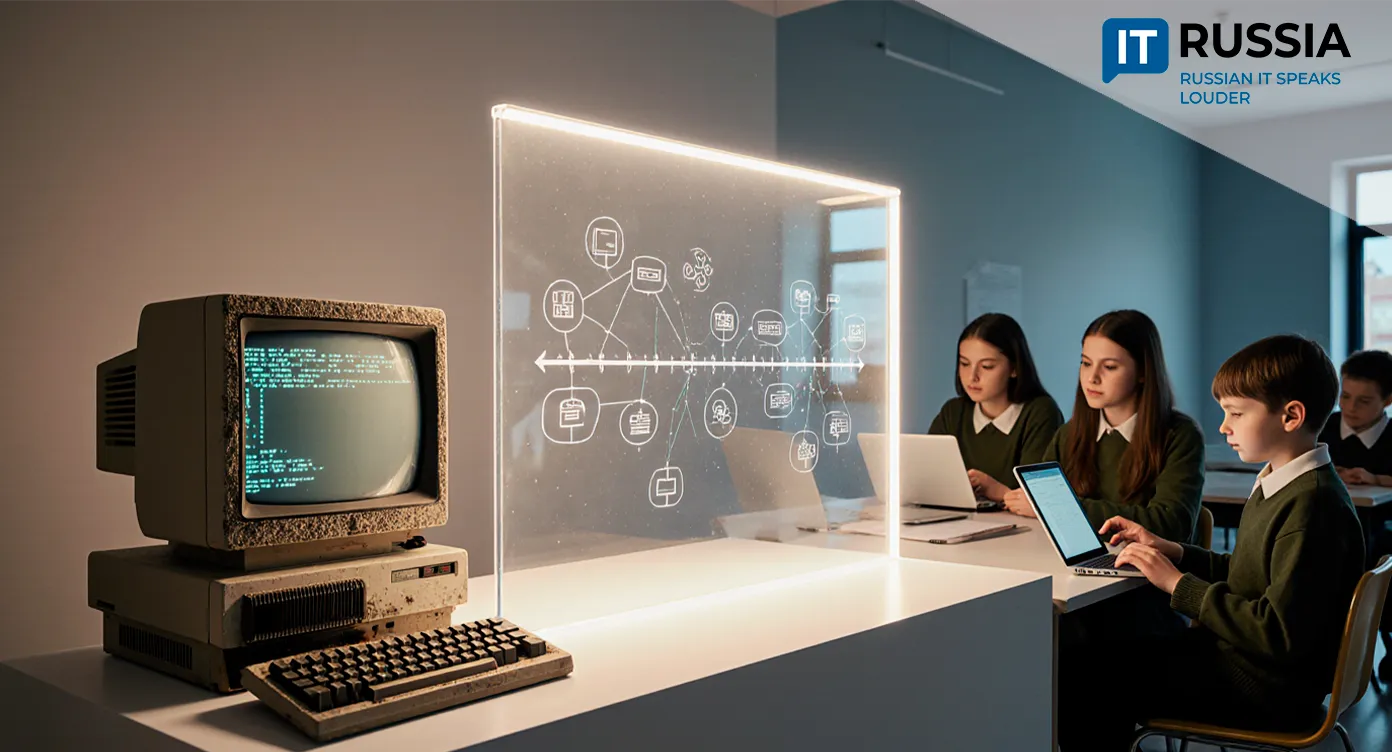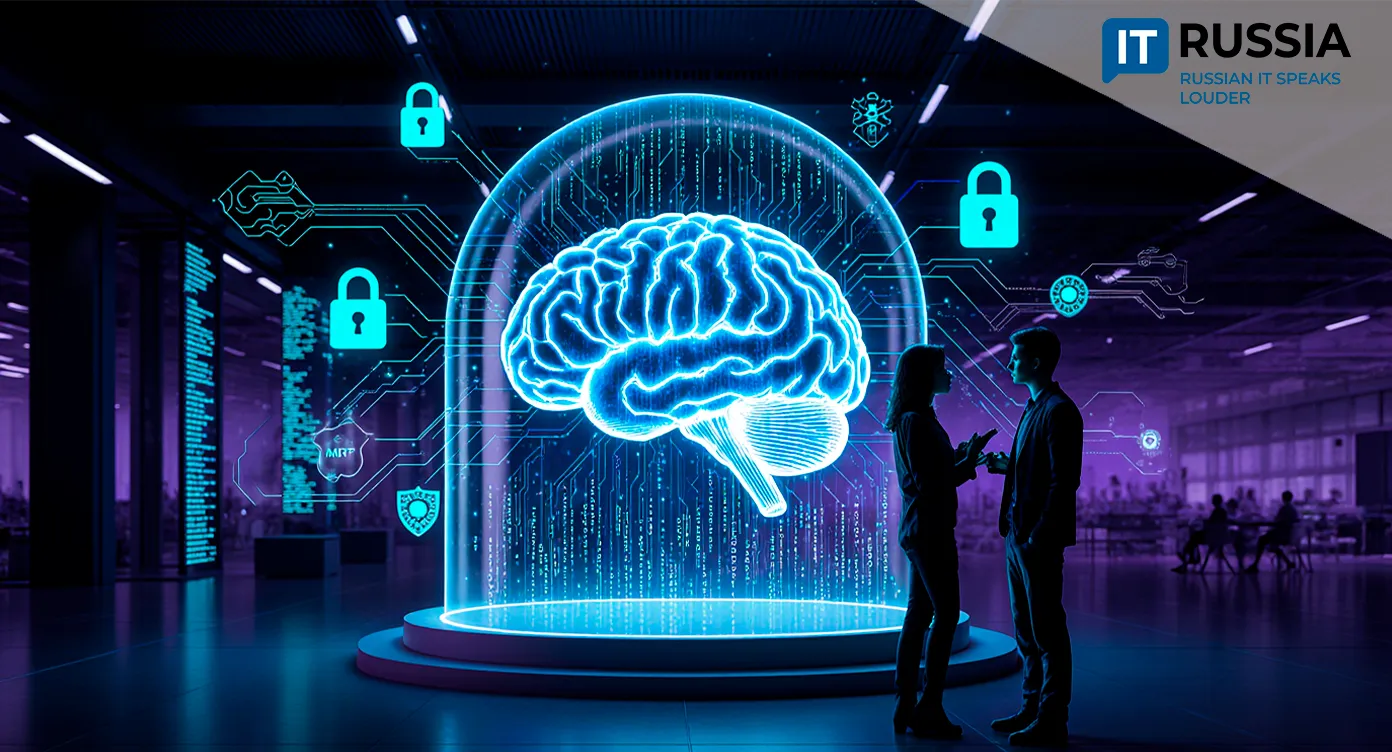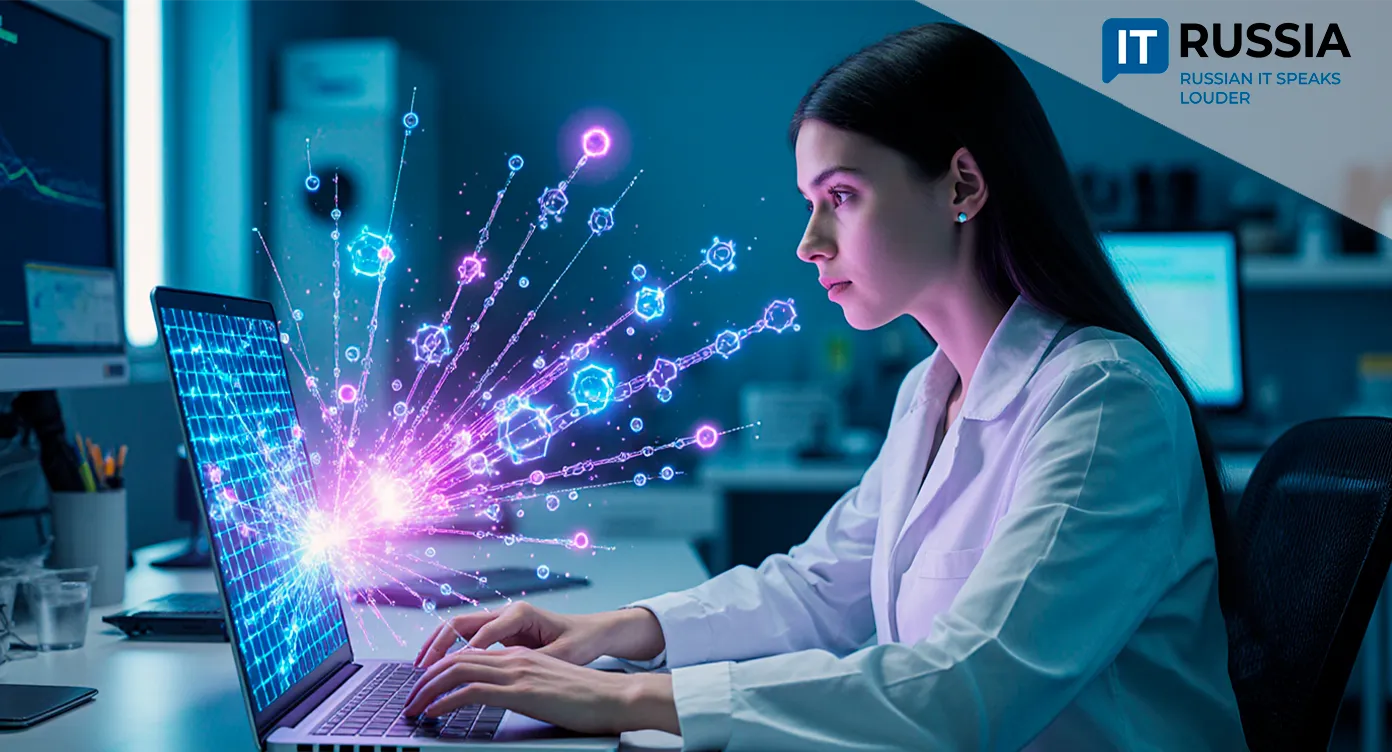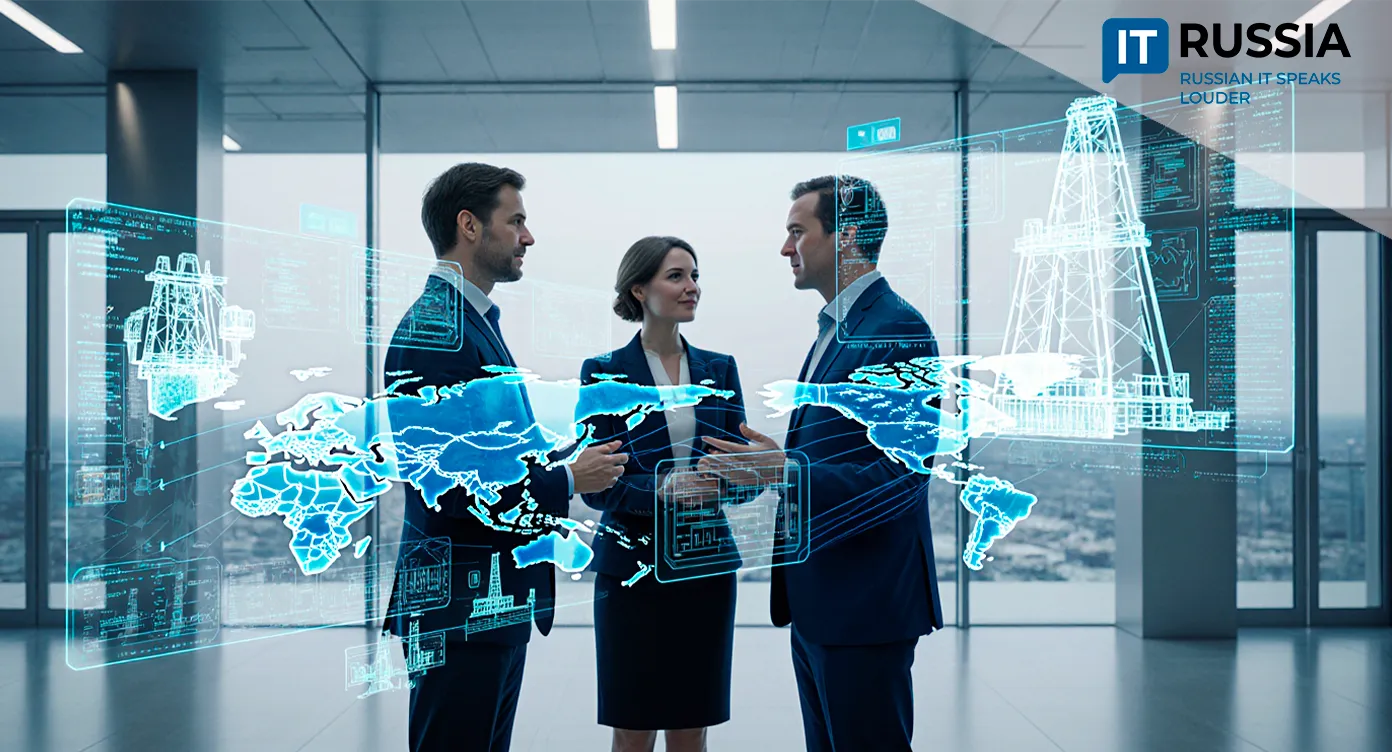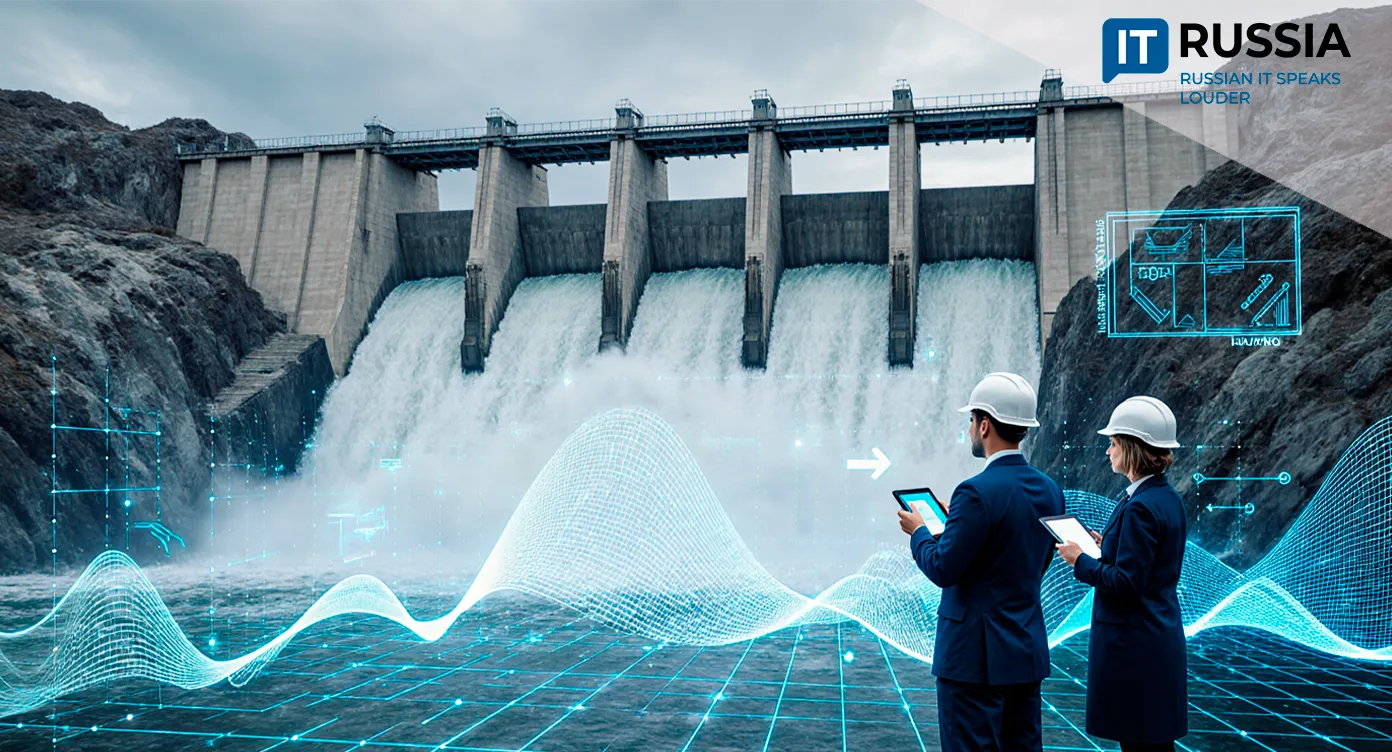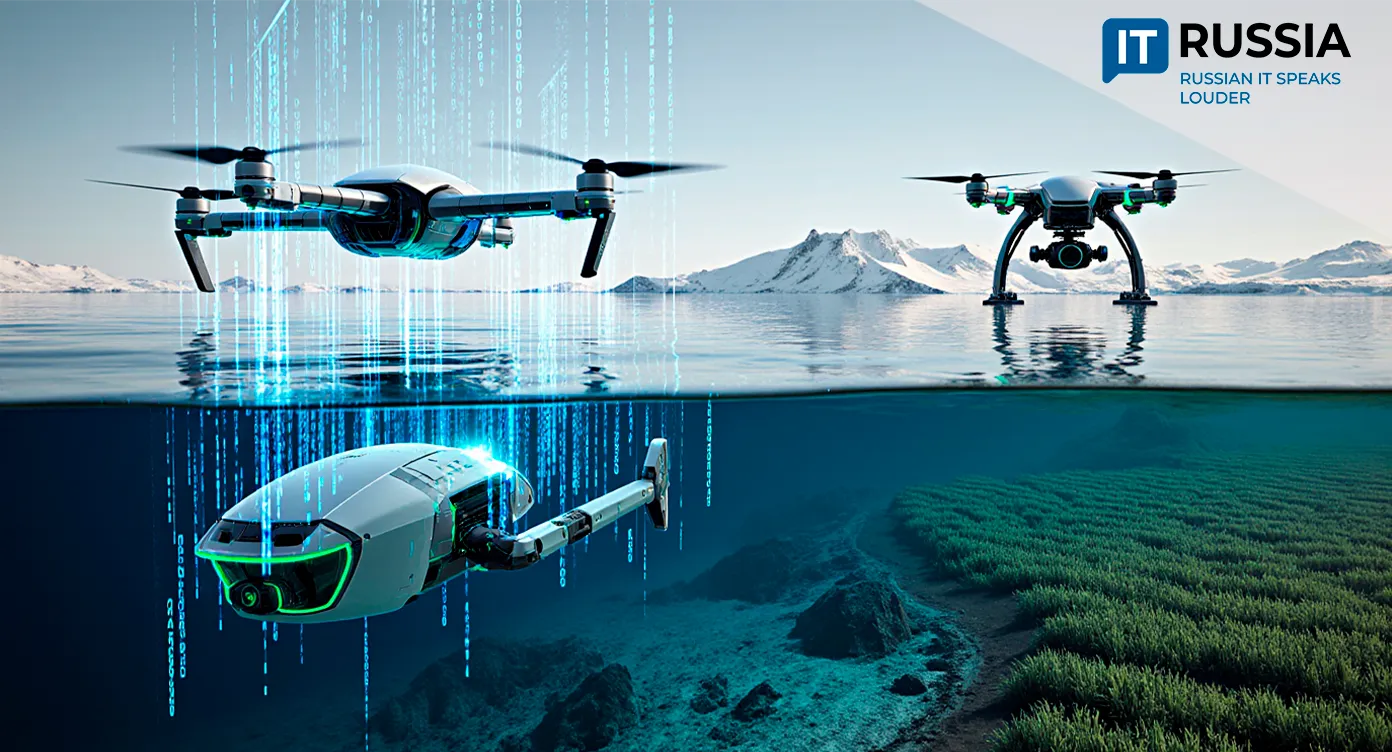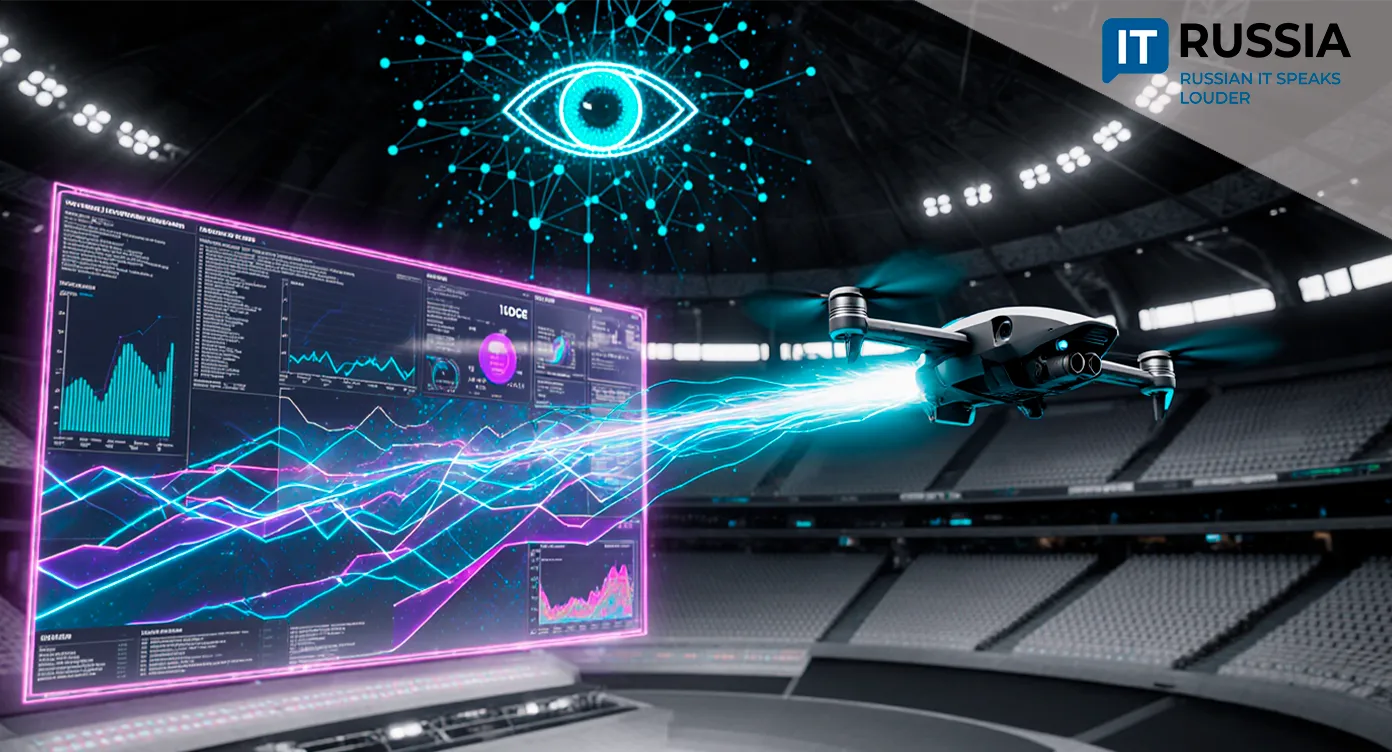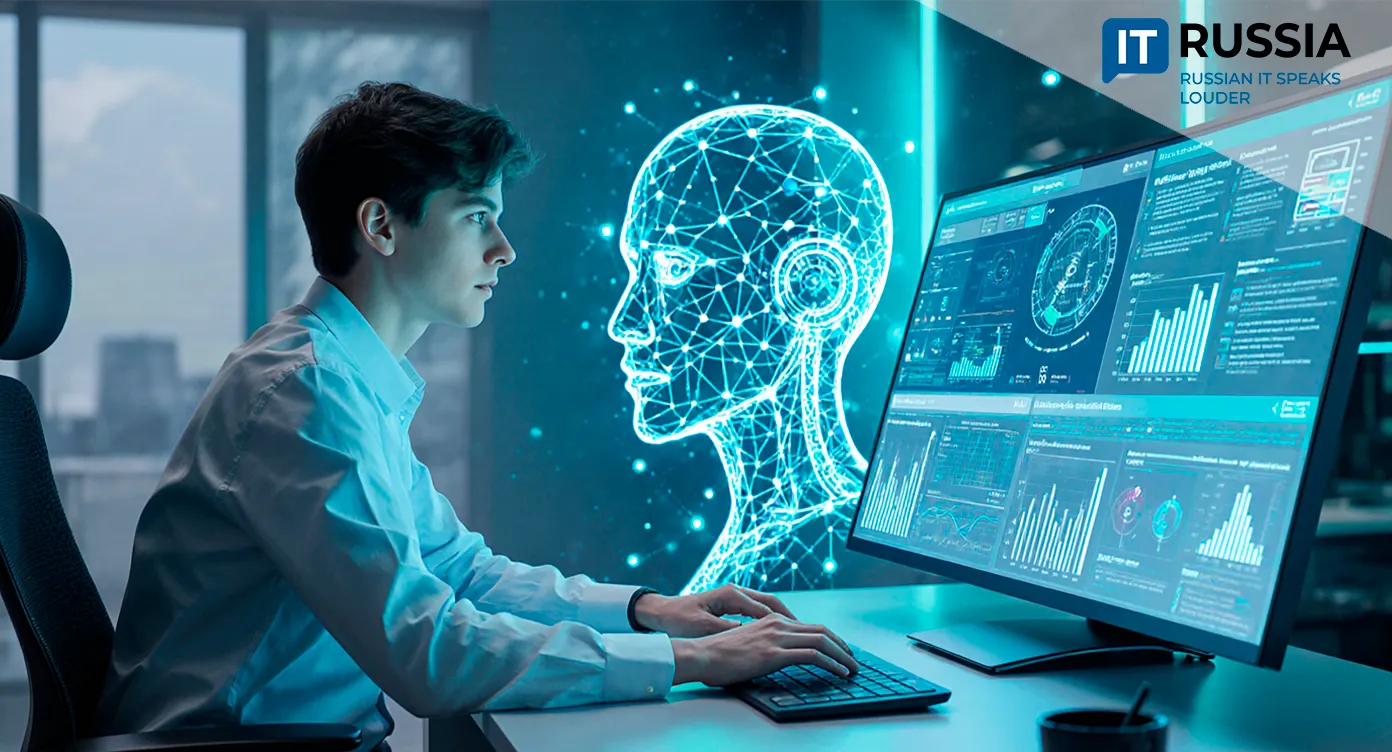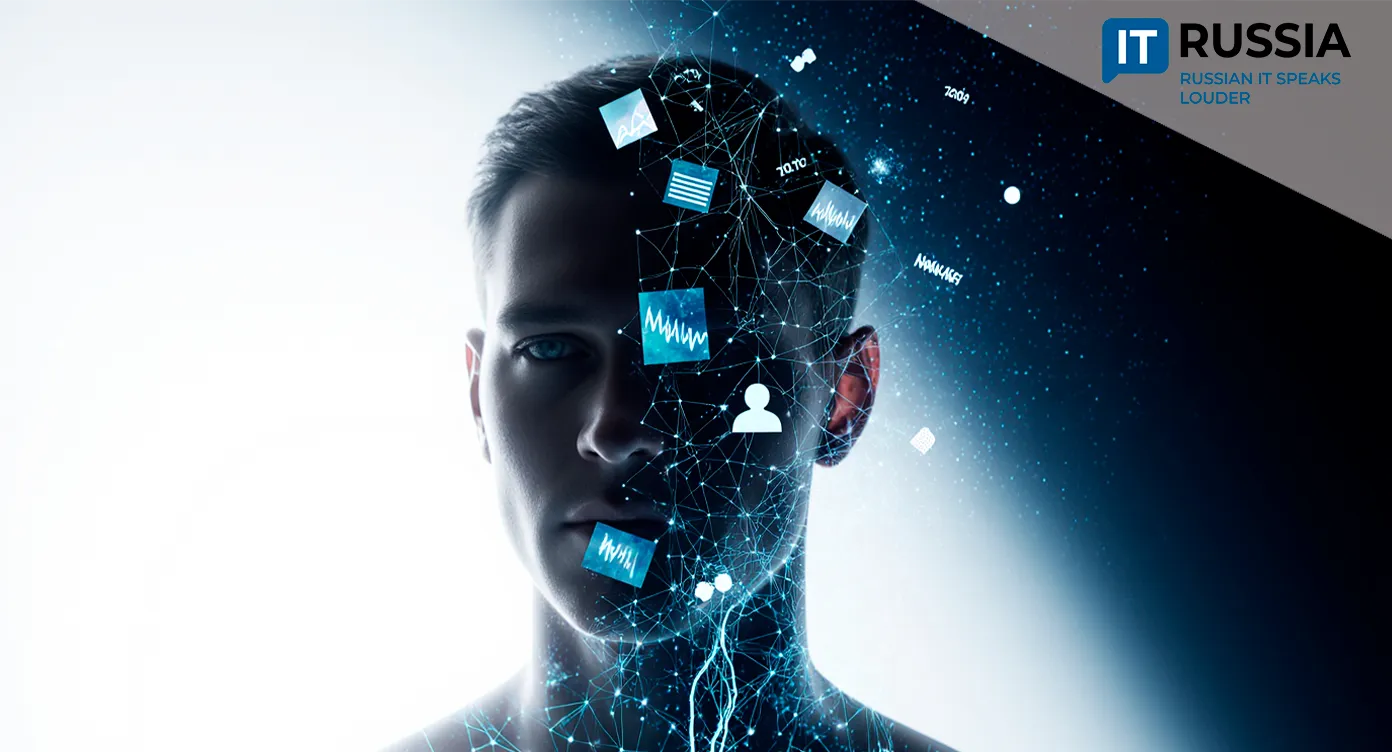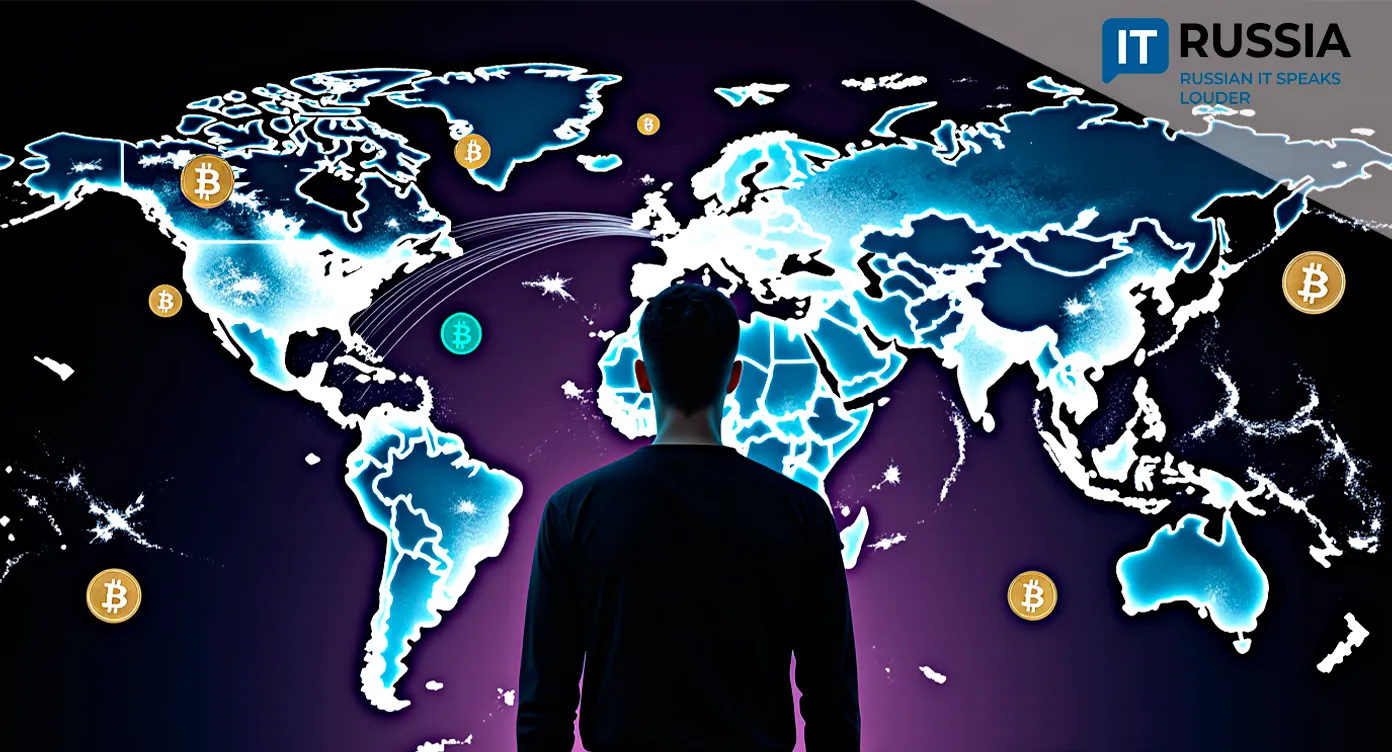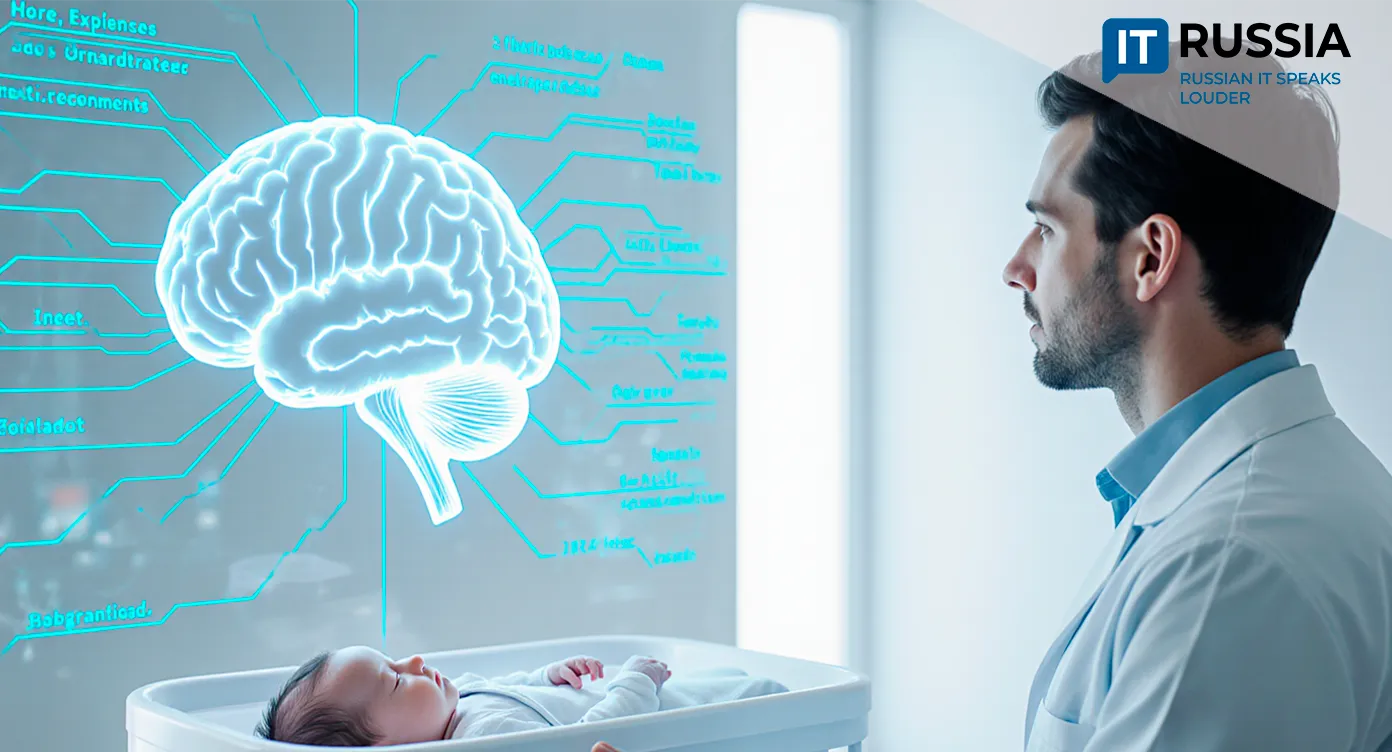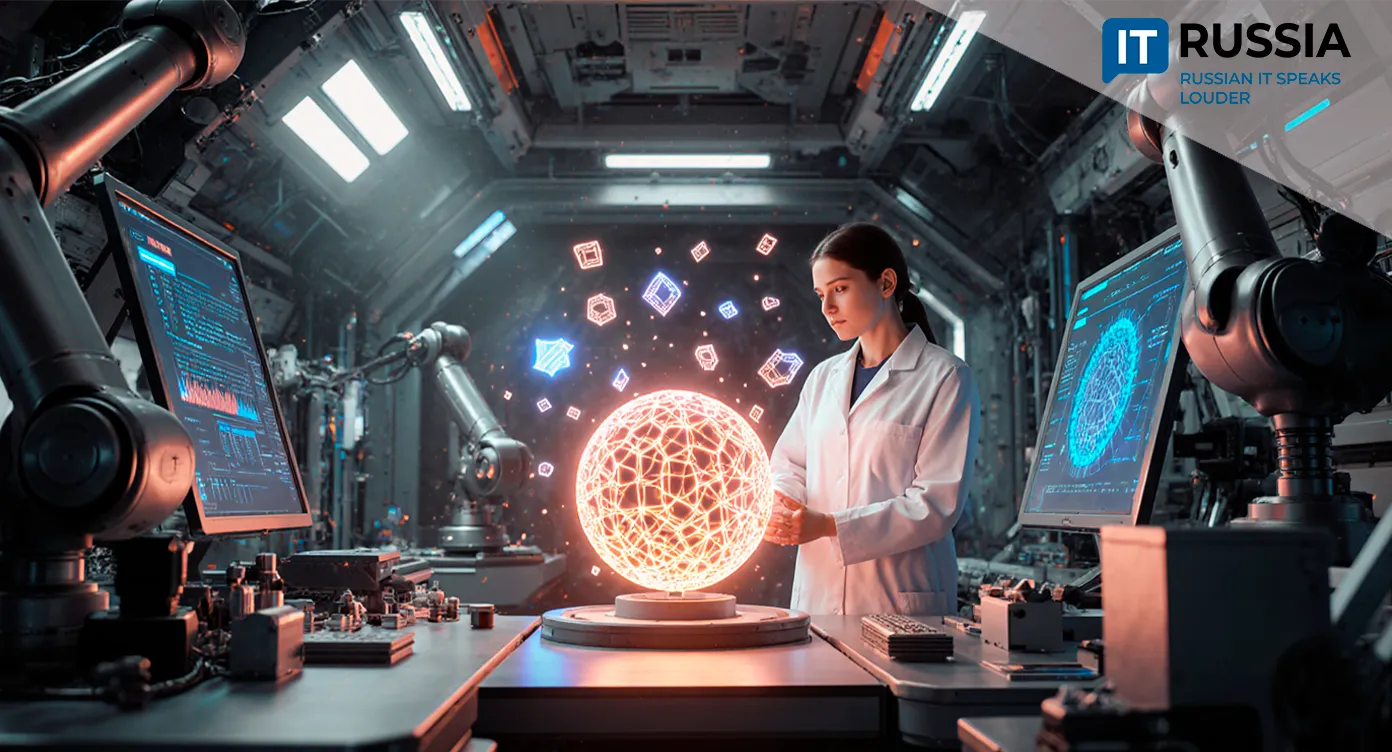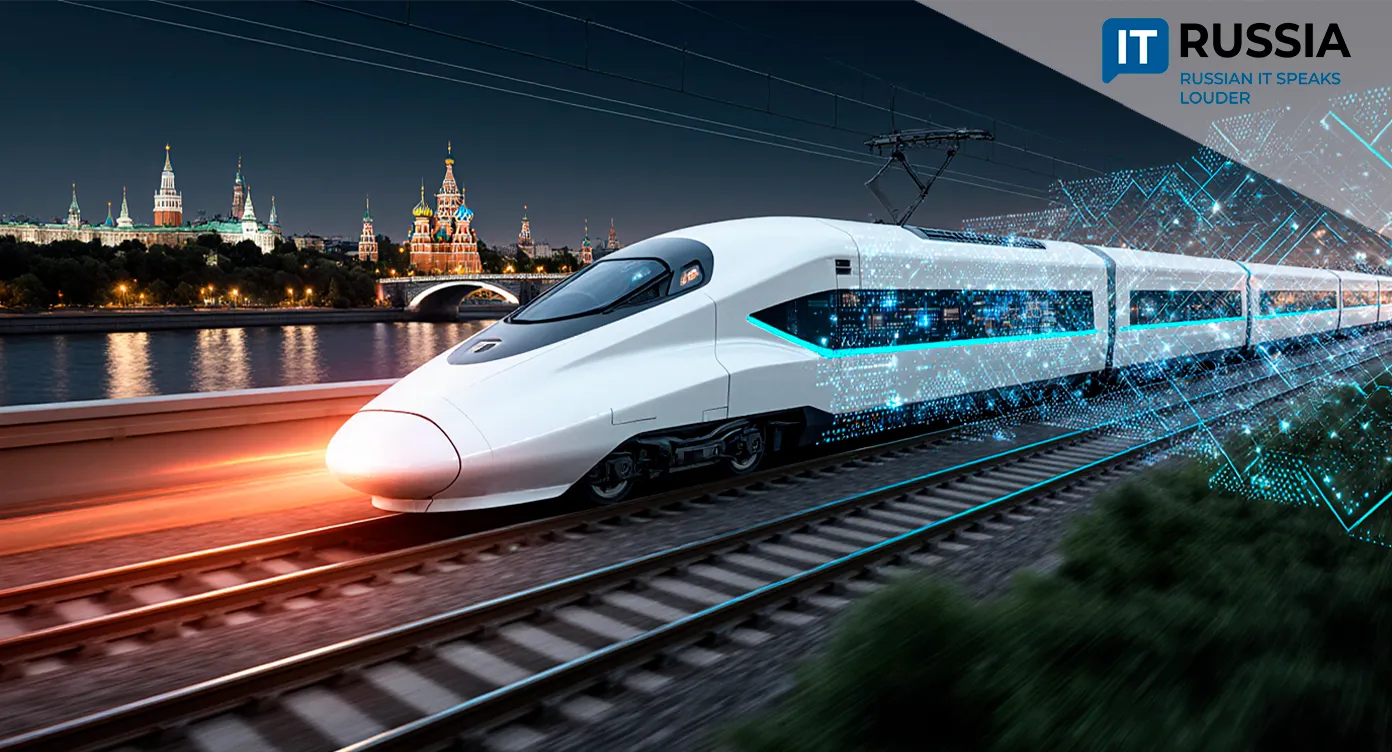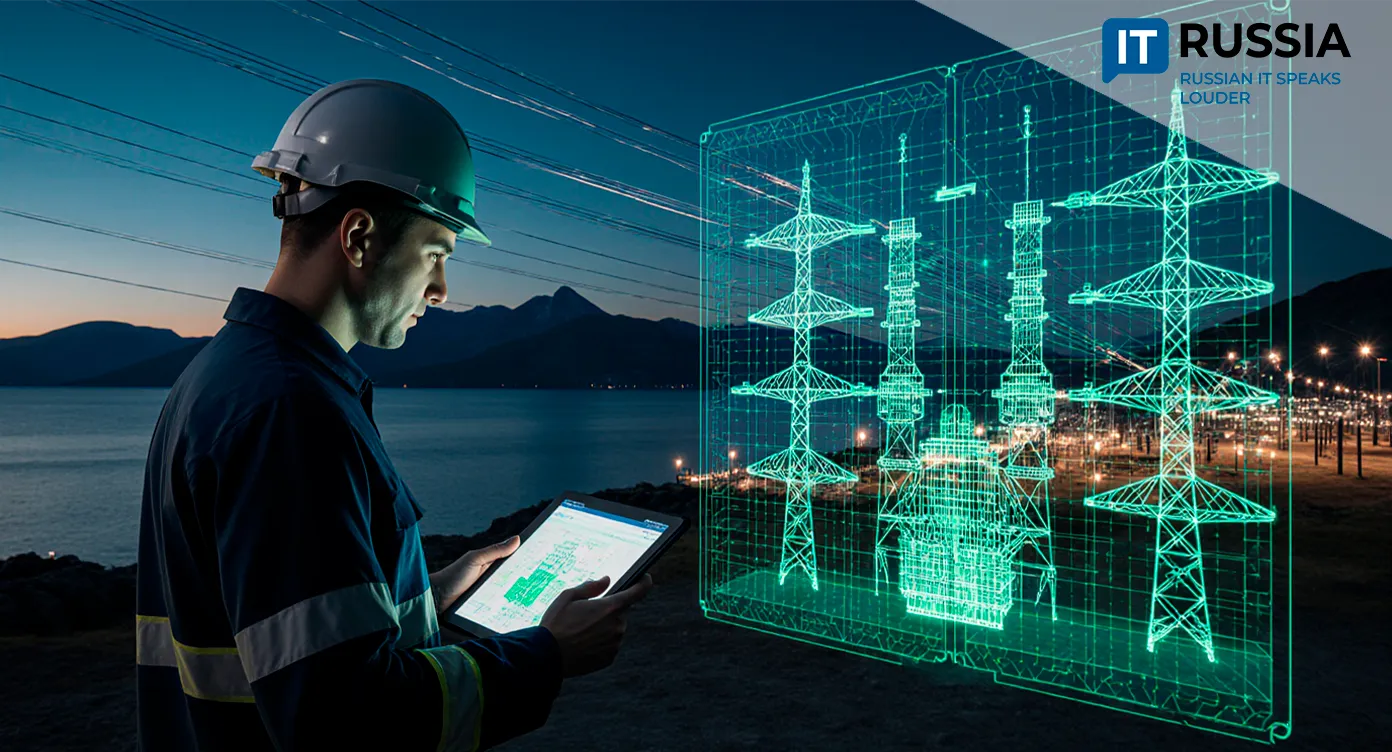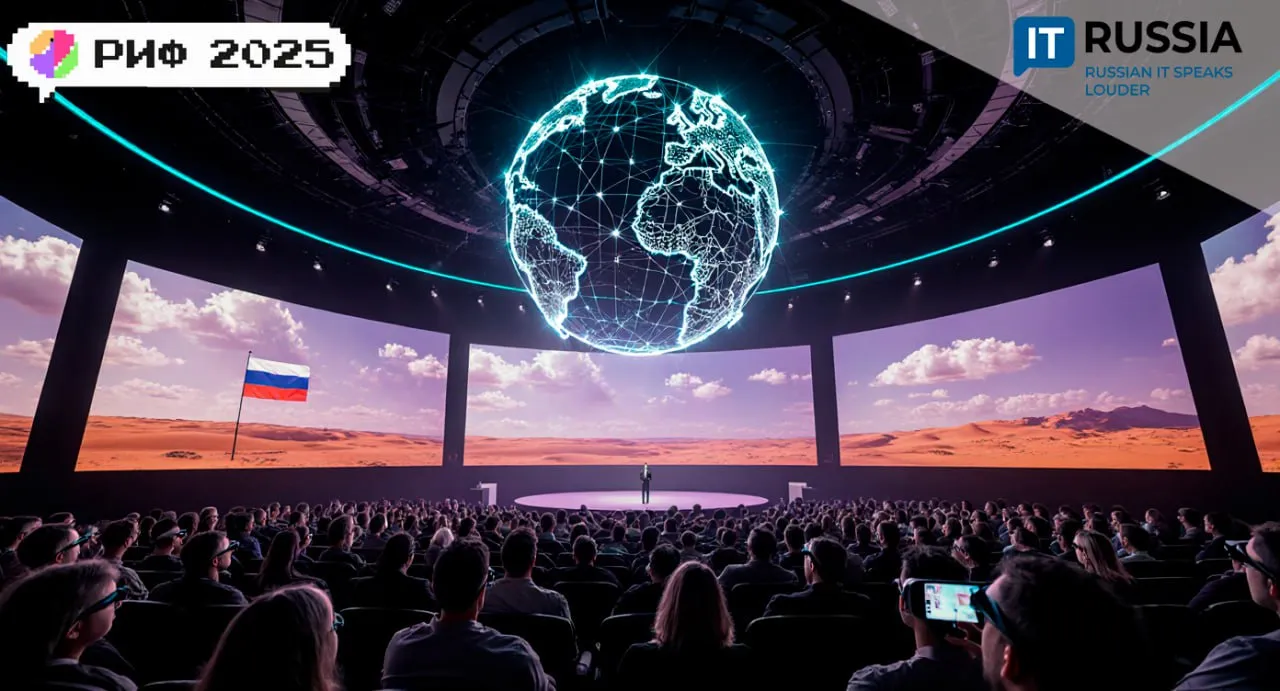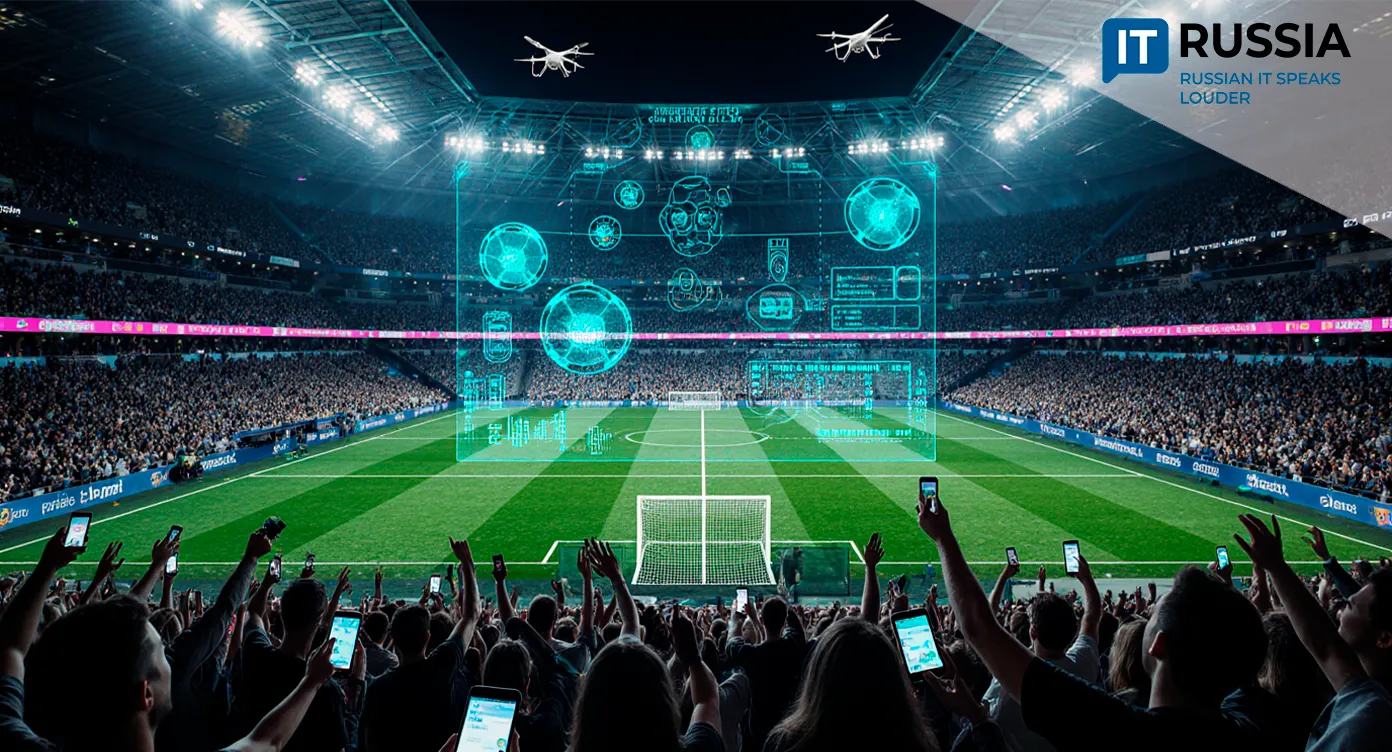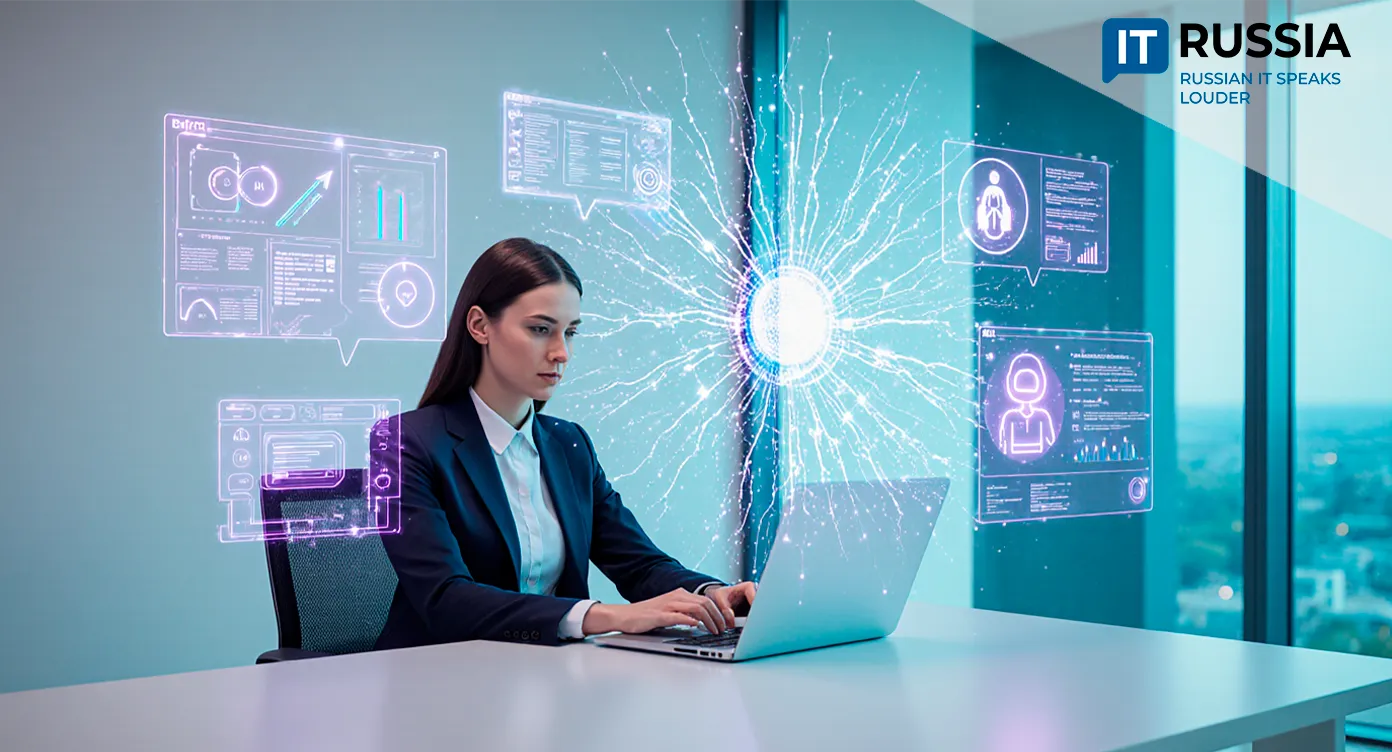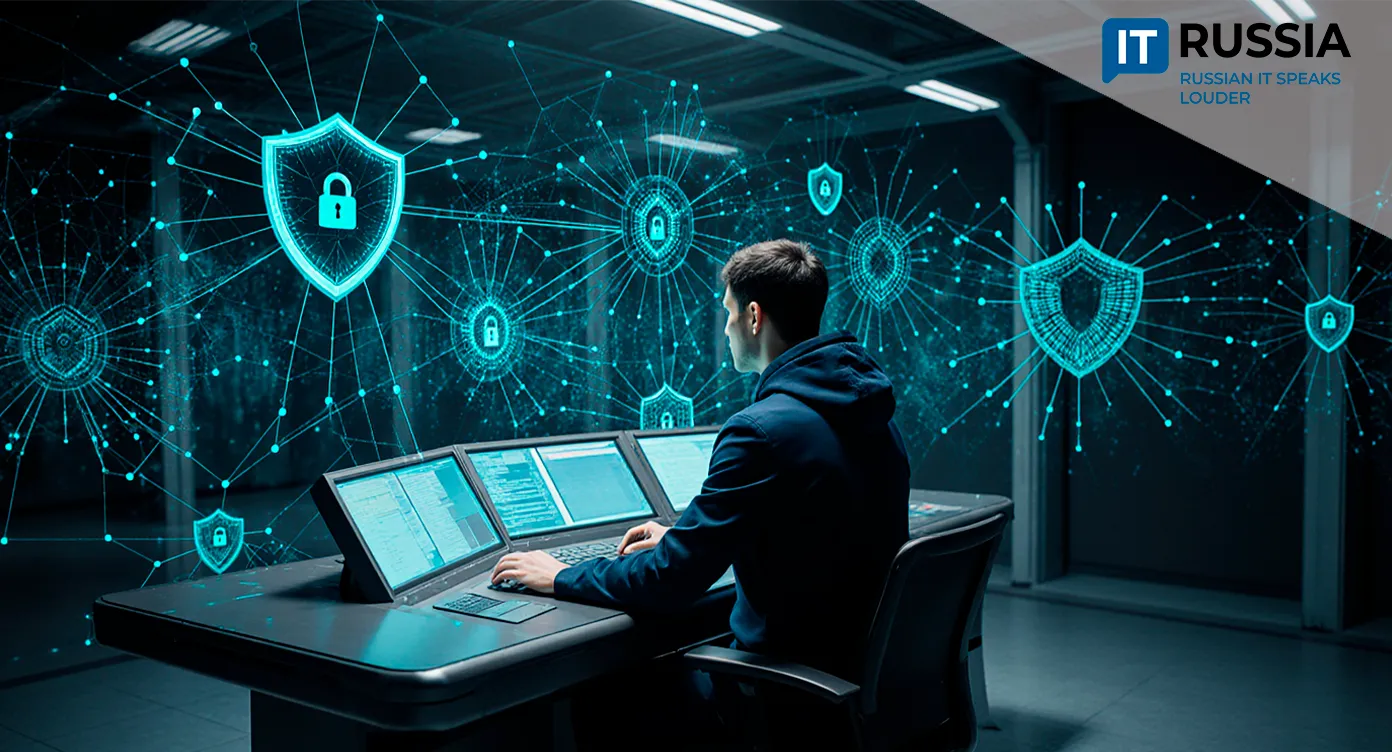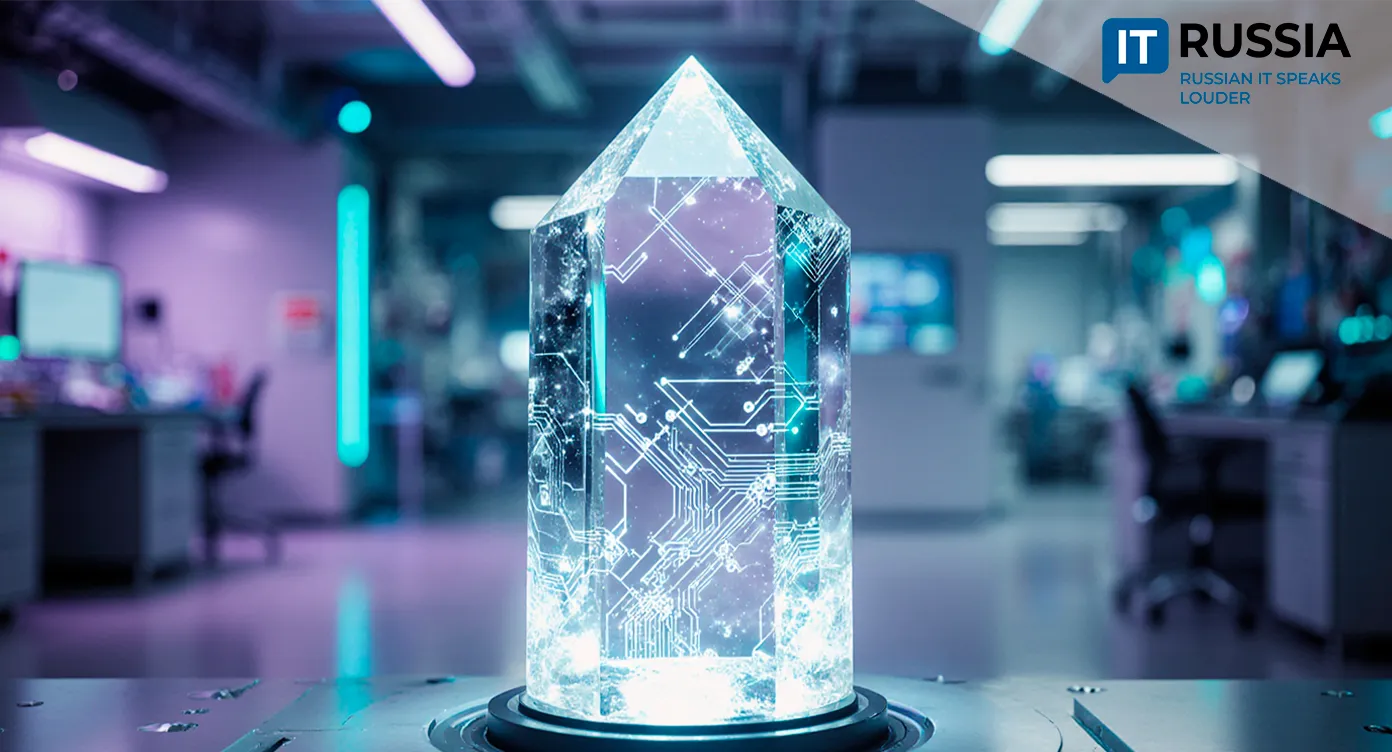Digital Sovereignty in Nuclear Energy: Russia’s Rosatom Sets Global Benchmark for IT Independence
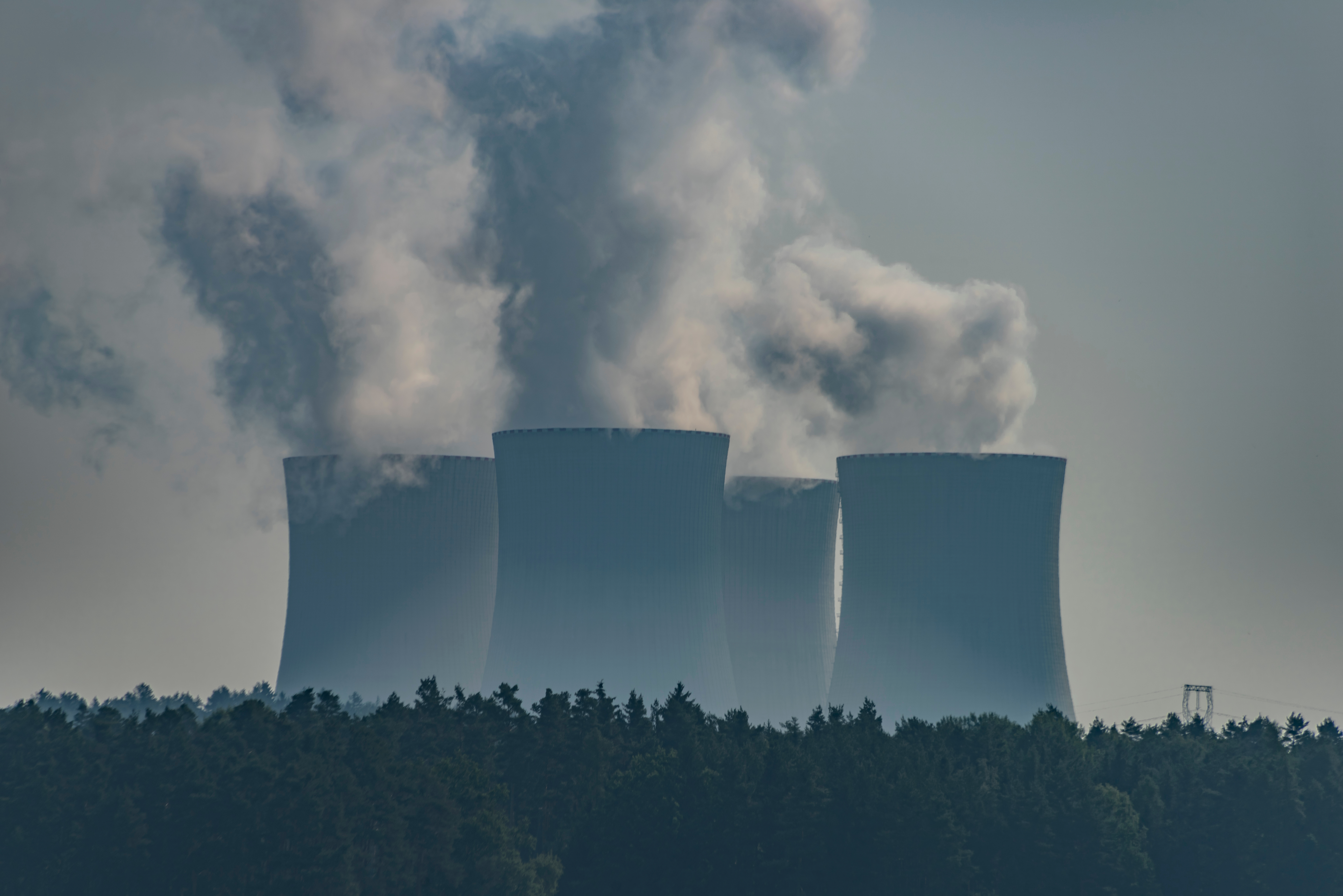
In a world where the security of critical infrastructure is increasingly defined by control over digital systems, Russia’s state nuclear corporation Rosatom has emerged as a pioneer in achieving IT sovereignty—particularly in the nuclear energy sector. Far from succumbing to technological isolation, Rosatom’s strategy shows how digital independence can become a competitive export product, while bolstering national resilience and global trust.
Why Digital Sovereignty Matters for Nuclear
For nations and industries dealing with strategic infrastructure, digital sovereignty—the ability to control one’s own IT systems, data, and infrastructure—is not a luxury, but a necessity. Nuclear energy, given its complexity and risk profile, is particularly sensitive to cyber threats, sanctions, and supply chain disruptions. Even a minor vulnerability can have cascading consequences.
Rosatom’s response has been a decisive pivot toward full-spectrum digital control. As Rosatom's Chief Information Officer Yevgeny Abakumov put it: “We clearly understand that there is no alternative but to achieve technological independence.”
The Unified Digital Strategy: A Pillar of Modernization
Rosatom began implementing its Unified Digital Strategy (UDS) in 2018 and updated it in 2019. Since then, the corporation has developed over 70 digital products—39 of them in collaboration with external partners. All are registered in Russia’s national software registry and span five critical domains:
- High-performance scientific modeling
- Enterprise management
- Digital infrastructure
- Engineering and construction
- Cyber and physical security
Key among these is the deployment of digital twins—virtual models of physical assets used for real-time monitoring, predictive maintenance, and operational optimization. Multi-D, a flagship digital twin platform, is used not only across Russian facilities but also in international nuclear projects. Another suite, “Logos,” features specialized modules like Aero-Hydro, Thermal, and Strength, delivering high-precision simulations at over 70 facilities.
These systems, developed entirely with domestic software, significantly reduce operational risks and costs while enhancing safety and system longevity.
Building from Within: Infrastructure and Cybersecurity
Rosatom has also invested in its own data center infrastructure, including the 48-MW Kalininsky data center. In parallel, the company has developed cybersecurity solutions that meet stringent national security standards, ensuring the digital backbone of Russia’s nuclear sector remains shielded from external threats.
By 2024, all foreign software in Rosatom's critical systems had been fully replaced with domestic alternatives—a benchmark in the global trend toward digital self-reliance.
Exporting Sovereignty, Not Isolation
Contrary to concerns that digital sovereignty might isolate companies from global collaboration, Rosatom is proving otherwise. Its in-house digital tools are already embedded in international nuclear projects. For example, the Multi-D platform supports lifecycle management at overseas construction sites, while the AMCS Pilot system has been successfully deployed for large-scale international events, including the 2018 FIFA World Cup in Russia.
These case studies underscore that IT sovereignty, when pursued strategically, enhances rather than hinders global competitiveness. Rosatom’s ability to integrate nuclear engineering with advanced digital platforms positions it as a one-stop infrastructure provider in emerging markets.
A Global Trend: Digitalization Goes Nuclear
Rosatom’s approach is not an outlier—it reflects a broader global shift. The International Atomic Energy Agency (IAEA) actively promotes digitalization in nuclear decommissioning and operations, including the use of AI, 3D modeling, and robotics. These tools help reduce human exposure in hazardous environments and cut project costs.
In the United States, the Department of Energy is funding initiatives that integrate artificial intelligence and digital twins into nuclear systems, aiming to improve safety and extend reactor lifespans. Meanwhile, the European Commission is focusing on secure, data-sovereign energy services to support digital independence across the continent.
This convergence points to an emerging industry standard: digital independence as a driver of national security, economic competitiveness, and infrastructure resilience.
The Balance Between Independence and Openness
Some critics warn that too much emphasis on self-reliance may stifle innovation or limit access to global technology ecosystems. However, Rosatom’s experience illustrates a successful middle path: building robust domestic capabilities while staying engaged in global markets and partnerships.
Strategic Impact for Citizens and Industry
For the public and private sectors alike, the implications are far-reaching. Enhanced cyber-resilience of nuclear facilities ensures safer, more stable energy delivery. Precision modeling shortens construction timelines and reduces costs, while AI-powered diagnostics improve plant uptime. In the long term, these benefits translate into more reliable infrastructure, energy security, and cost-effective modernization—key goals for any nation navigating the twin challenges of decarbonization and digital transformation.


